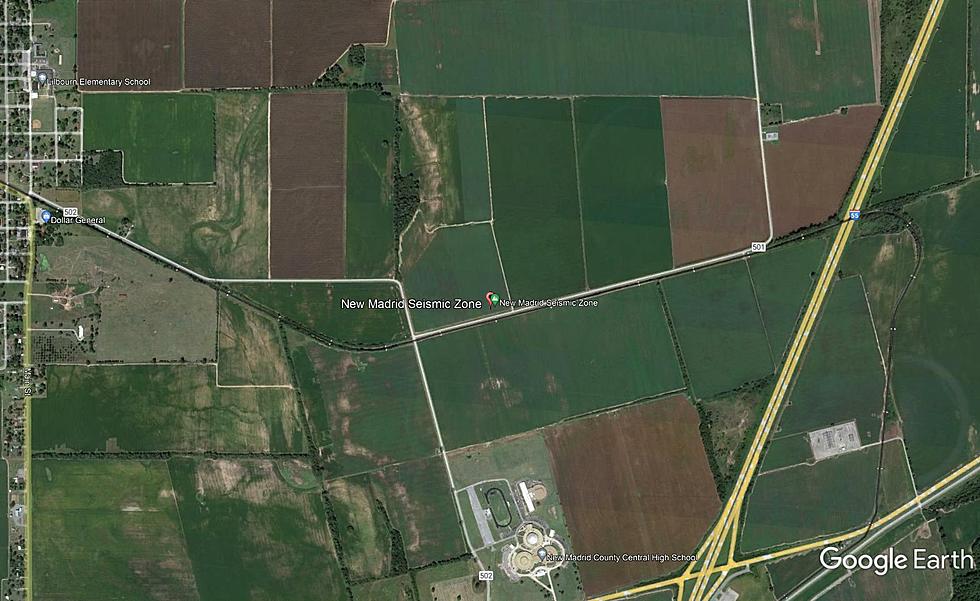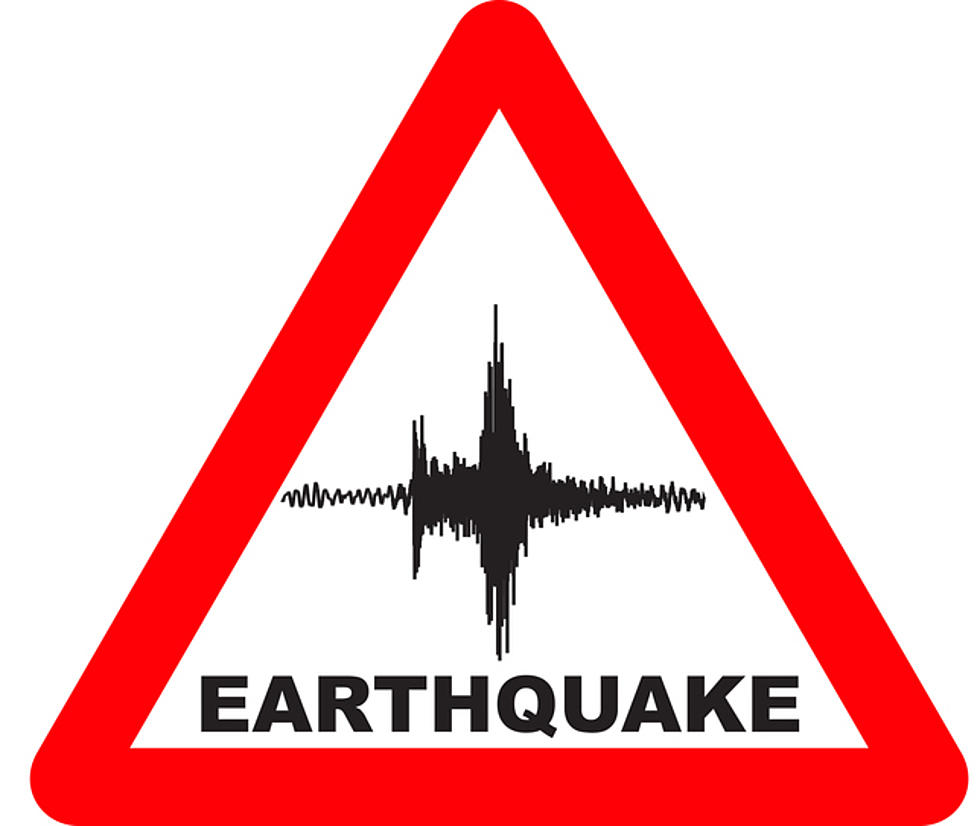
Missouri to Observe Earthquake Awareness Month
Each February, the state of Missouri observes Earthquake Awareness Month to emphasize the chance of a major earthquake occurring in the New Madrid Seismic Zone (NMSZ) and the importance of being prepared.
Located in Southeast Missouri, the NMSZ generated some of the most powerful earthquakes to ever jolt the nation. A series of major quakes occurred in 1811-1812, destroying buildings, ringing church bells hundreds of miles away and briefly causing the Mississippi River to run backward.
The area is still active today with an average of more than 200 earthquakes each year, though most are too small to be felt. No one can predict exactly when an earthquake will occur, but scientists agree that large earthquakes in this zone still pose a risk.
“A major earthquake in Southeast Missouri could potentially be the worst natural disaster the state has ever experienced, and it would occur without warning,” SEMA Director Jim Remillard said. “Earthquake Awareness Month is an important time to learn about this specific hazard and prepare to protect your family.”
When shaking starts, the best way to stay safe and protect yourself from falling debris is to “Drop, Cover and Hold On.” Drop to your knees, cover your head, get under a desk or table if possible and hold on until the shaking stops. Experts say that in developed countries with modern structures, falling debris is the most common source of injury.
In active earthquake zones, it’s also important to prepare before an earthquake occurs by taking some simple safety steps:
Bolt bookcases to wall studs, install strong latches on cupboards and strap your home's water heater to wall studs. If it tips over, it could start a fire or gas leak, and you could lose a valuable source of water.
Secure overhead lighting fixtures and move heavy objects from high shelves to lower ones. Many injuries in an earthquake are caused by this type of falling debris.
Put together an emergency kit, including a flashlight, first aid supplies, portable radio, drinking water and blankets. A major earthquake could leave families without utilities for weeks.
Develop a family communication plan. Identify a relative living at least 100 miles away that everyone can call to check in and tell family you're safe.
Know how to turn off your gas and water.
Find out if your house is covered for earthquake damage. Most homeowner insurance does not include earthquake coverage – it must be purchased separately.
Several resources for families, schools and businesses are available on SEMA's Earthquake Preparedness website. Included are fact sheets, interactive maps and informational videos that explain what to do in the event of an earthquake.
Please visit sema.dps.mo.gov/earthquake_preparedness for more information.
More From KIX 105.7





![Earthquake in Nepal Kills at Least 3,600, Death Toll Expected to Rise [PHOTOS, VIDEOS]](http://townsquare.media/site/757/files/2015/04/Nepal1.jpg?w=980&q=75)

![Cut the Earthquake News Anchors Some Slack [VIDEO]](http://townsquare.media/site/467/files/2014/03/chris%25252Bschauble.jpg?w=980&q=75)


